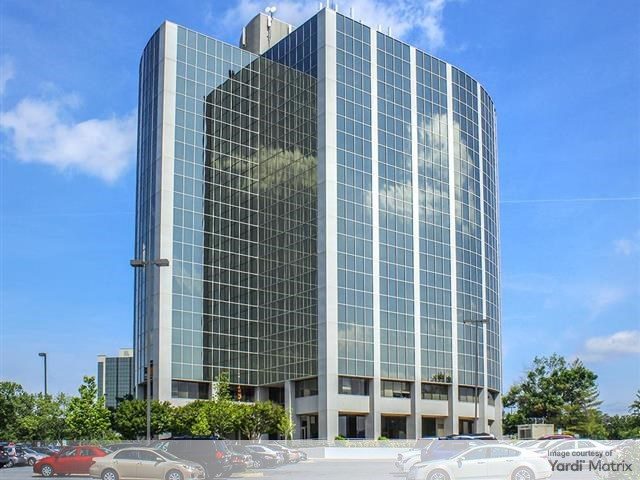Why Is It So Hard for the GSA to Sell Surplus Properties?
Columnist Lew Sichelman on the federal government's frustrated efforts to trim its holdings.
The grand experiment to devise a more productive method for selling unneeded and underutilized federal real property into the private sector has ground to a halt.
Ten of the 11 properties put forth in the first round of sales have been sold, all at auction. But it took two years to do so. The second round has been on hold indefinitely. The third and final round isn’t likely to start until 2025, if then.
Now, the Government Accounting Office has recommended that the government’s landlord, the General Services Administration, consult with relevant stakeholders to share lessons learned from the implementation of the Federal Asset Sale and Transfer Act, to lawmakers which cleared FASTA in 2016.
Disposing of federally-owned land and buildings has always been a challenge, so much so that the process has been on the GAO’s high-risk list for nearly two decades. But this is a disappointing turn for a pilot program that hoped to establish a new process for reducing Uncle Sam’s inventory of excess civilian real property.
According to the latest report from the GAO, the investigative arm of Congress, the program encountered numerous setbacks, almost from the start, not the least of which was the pandemic. But an “evolving sales strategy” also caused delay.
Originally, all manner of sales methods were considered, even a bulk sale of all 11 first round properties. Eventually, though, the 10 which have been sold were purchased at auction. But that produced just $194 million in proceeds. The round was expected to generate $500-$700 million in sales.
As part of the grand plan, funds generated from prior rounds were intended to pay the costs associated with the next round. But the Public Buildings Reform Board, the temporary agency set up to administer FASTA, says the lack of sales proceeds “deposited and appropriated” from the initial round limited the next round.
Going, Going…Wait!
The second round of sales was to begin last year. But that set has been put on hold for several reasons. Not only was the PBRB limited in the number, value and complexity of the properties it could recommend for sale, the Office of Management and Budget halted the process.
Last December, 11 months ago, the board moved ahead with the second round of offerings, which included 15 more properties. But OMB was not pleased with the Board’s methodology, so it stopped the process and gave the Board 30 days to respond.
Two members of the five-member board have resigned, though, leaving it unable to operate. In July, President Biden nominated New York real estate developer Jeffrey Gural to fill the chairman’s vacancy, but he has yet to be confirmed.
By law, meanwhile, the third and final round of the pilot program cannot occur until at least three years after the second round recommendations are made, effectively pushing it back to 2025 at the earliest.
Now, the GAO says this: “It is possible FASTA will not meet expectations or provide insight into how the federal government can address long-standing challenges related to reducing the federal real property portfolio.”
The GSA did not reveal the identities of the first-round buyers or what they paid. But according to press reports, the highest bid for the old Veterans Medical Center in Denver was $41 million, intended use unknown. In Sacramento, the city paid $12.3 million for 80 unused acres at a Jobs Corps Center to build housing for the homeless.








You must be logged in to post a comment.